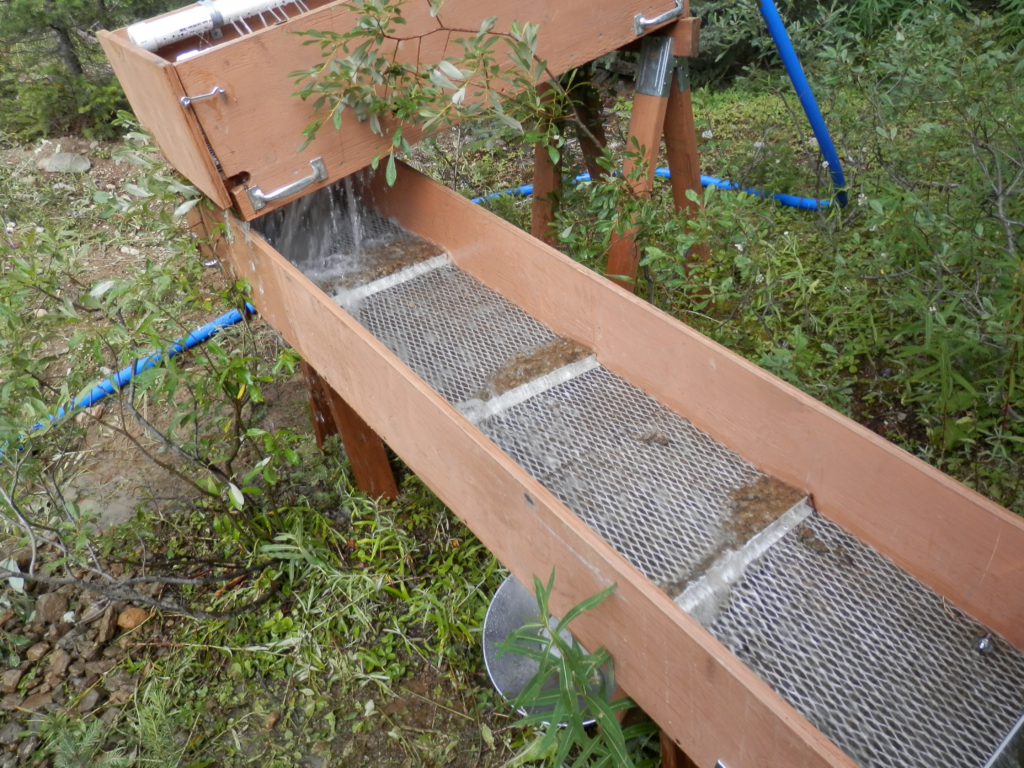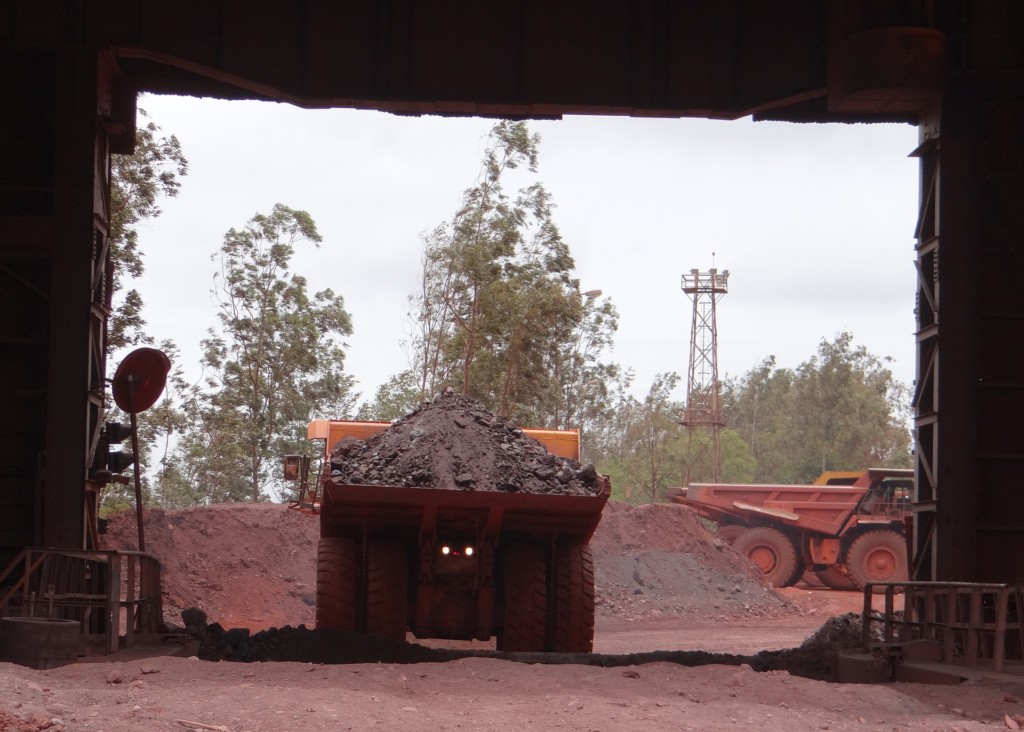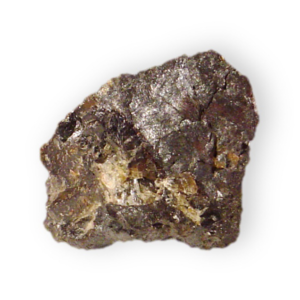Introduction Minerals And Ore

Exploration Target Area

Exploration Sampling Sluice
Mineral In Context
The minerals which are in our Earth make up a very important part of our everyday lives. Our dependence on this non-renewable resource seems to be forever growing. All of our building materials are derived from minerals. These minerals are also used in other industries as well, as in the aerospace sector, as well as in most of our new technologies. As with any exploration activity, the analysis of the rocks and minerals with in an area must be implemented. One needs to know what those minerals are in the subject area if any. In fact, geologists and prospectors look for rocks including minerals that contain metals. One needs to understand what the reason for your exploration is and it is important to know what those minerals are within the makeup of the rock which may eventually be turned into an economically viable ore for further processing.
A Mineral Is......
A mineral is a pure natural substance, mainly inorganic. Minerals are combinations of atoms which form the crystal lattices (crystals). These are found, usually in a solid state. They are defined by specific chemical formulas. Each mineral has a very specific set of properties. These properties include but are not limited to their optical, physical, chemical and magnetic features; all are useful in identifying those minerals. There are over 4000 types of known minerals. There are two categories of minerals; metallic minerals and nonmetallic. Metallic minerals are widely found in Canada and around the world. Metallic minerals are melted or chemically processed to extract the metal trapped in the crystal lattices. Metals are divided into two categories; precious metals and base metals, In regards to minerals, we tend to prospect for two main categories, non-silicate minerals, that is minerals that do not contain silicon and the silicates or silicate minerals which contain silicon. In non-silicate minerals, one of the most important categories in exploration are the rocks that contain sulphides and sulphosalts. Regarding the sulfides, the sulfur component is combined with one or more metals, while the sulphosalts, the sulfur component is combined with a metal and a semimetal. These compounds are among the most important because they are associated with several base metals like copper (Cu), lead (Pb), zinc (Zn), nickel (Ni) and mercury (Hg).

Amethyst

Prismatic Quartz

Rock Truck Loaded With Ore
The term ore has been changed in time since it is dependent of supply and demand. So, ores are rocks containing minerals in sufficient quantities to justify its exploitation and thereby, its profitability

Zinkenite with Sphalerite Ore
Rocks Are.......

Porphyry

